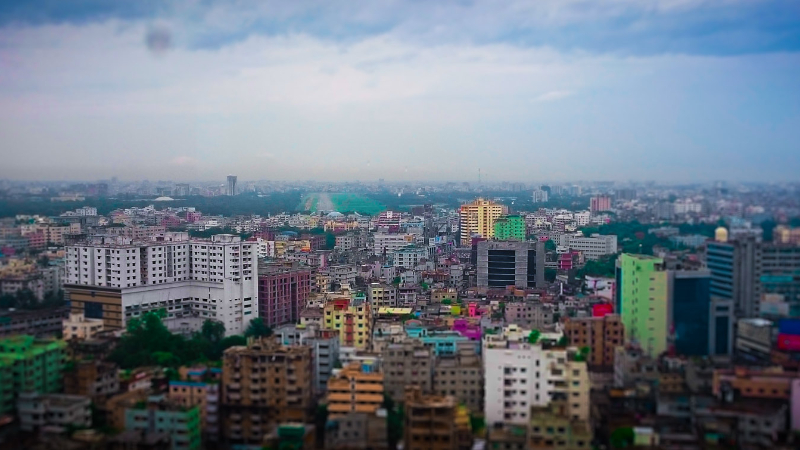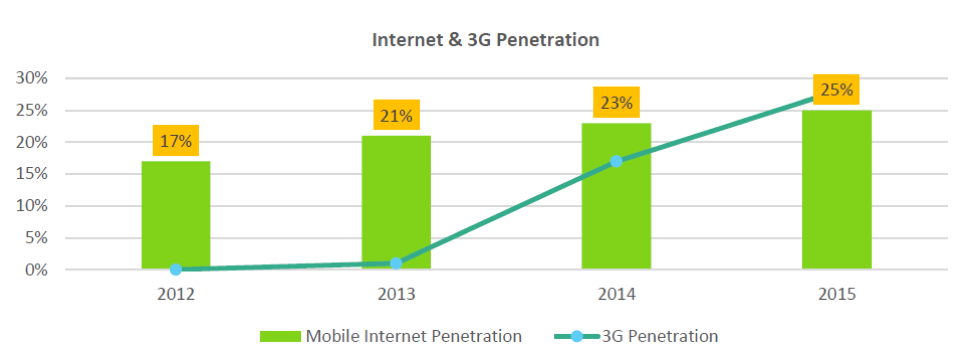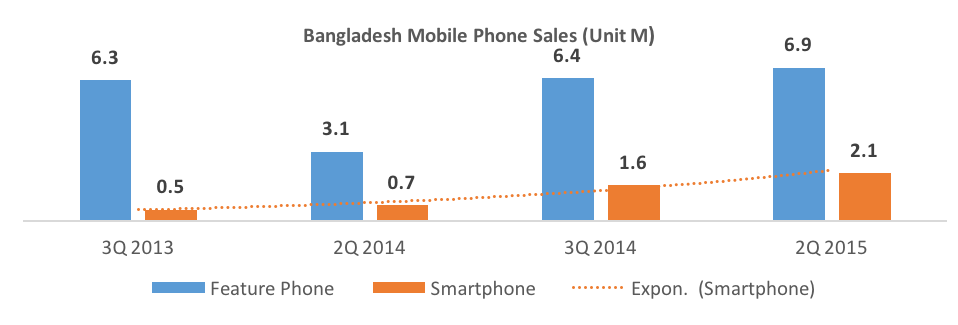GET IN TOUCH
- Please wait...

Bangladesh’s growth story can be explained in a number of ways. With steady and consistent growth (+5% GDP Growth) over the last decade, the economy has slowly graduated to the lower-middle-income level ring crossing the threshold of USD 1,000 per capita. If the economy can maintain momentum, it will be easy to attain the middle-income threshold within a decade.
So, what intrinsic and extrinsic factors are contributing to this Growth? Why are international investors bullish about the economy’s growth prospects?
The country is strategically located between India and China, two rising economic powerhouses of the region. With over 920 million middle-class people across this region, Bangladesh can be a perfect launching ground for capturing this market. Bangladesh is already enjoying fruits in the apparel sector as low-value orders shift from China to Bangladesh. Alongside, regional investors are inquiring about the possibility of making FDIs prompting the government to announce the formation of new EPZs for foreign investors.

Another phenomenon will have a major impact on the country’s economic fabric. Over the last decade, the country has experienced growth in the Middle and Affluent Class (MAC) segment. According to the latest report by The Boston Consulting Group (BCG), a reputed strategy consulting firm, the size of the MAC population (minimum annual income of USD 5,000 and above) stands at 7% of the population. These 11 million people have growing disposable income and needs which can be served profitably.
According to BCG, the MAC population will keep on rising to constitute 27 M people within 2025. Within the next decade, economic activities will spread across the country, as opposed to concentration in Dhaka and Chittagong region.
Some fundamental factors will have major impacts on Bangladesh’s transformation into a digital economy. Bangladesh is the 8th largest country in the world (in terms of population) and the 5th most densely populated country in the world. With an average population of only 23.4 years and 70% of the population below the age of 35 years, the country has the potential of experiencing demographic dividends.
Alongside, telecom and internet penetration has been increasing over the last 15 years mainly spearheaded by competing telecom companies. Most of the +50 million internet users are mostly using mobile as the primary medium for using the internet.

The advent of the young population, rising income and growth of the MAC population, internet penetration, and availability of cheap smartphones will make the digital space more attractive. According to the BCG report, the MAC population is more open to adopting technological tools for engaging in online transactions. The rise in usage of popular social media platforms (10 M Facebook users) and popular e-commerce purchases are testaments to the prospect of companies in the digital space.
Bangladesh telecom companies have made significant progress in connecting the country. Currently, almost 99% of the country is covered by mobile networks. Due to a decrease in SIM price and talk time, mobile phones have become ubiquitous among the majority of the population. Mobile data usage has also increased as Telecom operators have consciously encouraged mobile data usage to augment ARPU.

Source: GSMA
Internet usage has proliferated due to the slump in the price of smartphones. The entry of local players e.g. Symphony, Walton, Elite, and Aamra, and cheap Chinese alternatives have made smartphones affordable and accessible to the mass. Although feature phones still retain 80% of the market, the smartphone market is growing at a significant pace. Sales of smartphones have almost tripled in the 2Q of 2015 compared to the same period in 2014.

Source: CM Research & LightCastle Primary
How should the Government Help?
Although the government has earmarked Digital Bangladesh as the pillar of the growth strategy, its responsibility doesn’t end there. Concrete steps are imperative for turning Bangladesh into a truly digital economy. Responsibility starts with fixing infrastructure, regulations and making digital gadgets accessible to all at affordable prices.
Conclusion
Although Bangladesh has made significant progress in the digital space, success remains limited compared to its neighbors and peers. Concrete steps, follow-up from responsible policymakers and stakeholders are imperative to provide infrastructural and regulatory support.
This article was primarily published here at The Financial Express.
Our experts can help you solve your unique challenges
Stay up-to-date with our Thought Leadership and Insights